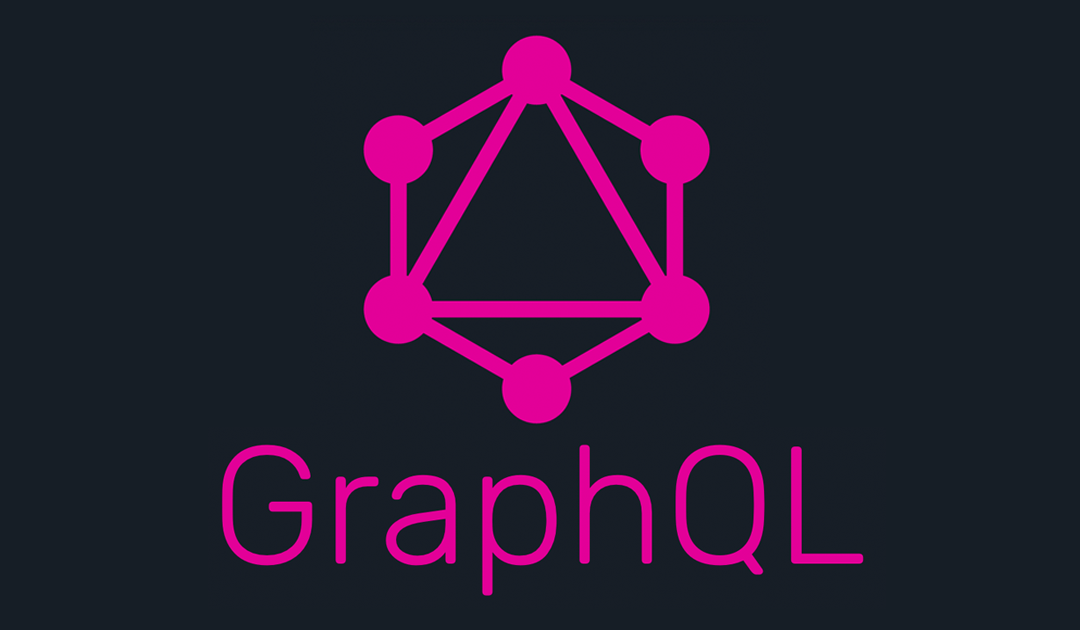
by Steven Huey
GraphQL is a “query language for your API” developed by Facebook back in 2012 for use in its mobile apps, which in 2015 became a published open source specification and framework. Its development was driven by frustration with the state of REST-like endpoints and development of mobile and web apps to consume them.
I hadn’t worked with GraphQL before, but it looked interesting and wanted to see if we could put it to use in the mobile or web apps we build.

by Steven Huey
One of the longstanding criticisms of Core Data is how much code it takes to setup the infamous Core Data stack in your iOS or macOS app just so that you can create some instances of entities and save them to a persistent store. The frustration has spawned a number of blog posts outlining the latest, greatest way to setup your stack. Not long after the blog posts came the open source projects aimed at reducing the amount of boilerplate you’ve got to write and helping you avoid common mistakes.
With the release of iOS 10 and macOS 10.12 in many cases you can now forget about the blog posts and third party dependencies thanks to NSPersistentContainer. This one is a no-brainer and it would have been nice if Apple had included it back in the days of iOS 3.0 when they introduced Core Data.

by Steven Huey
In iOS 9 and macOS 10.11 Apple introduced the libcompression APIs to provide a more standard way of compressing and decompressing data in your apps while offering a selection of algorithms with tradeoffs between compression efficiency, time, and energy requirements. In the past I’ve used third party APIs to compress or decompress ZIP archives given the popularity of the format, but hadn’t considered using other algorithms to either benefit from better compression or energy efficiency. Given that, I decided to take a look at the algorithms offered by libcompression and see how they compare.

by Steven Huey
In the first part of this series of posts about Core Spotlight we looked at how to use the Core Spotlight APIs to index application data, how to search that data using Spotlight, and how to respond when a user selects a search result for your application’s data. In this post we’ll take a look at how easy it can be to search that same index from within your app.

by Steven Huey
Core Spotlight has been available since iOS 9 but Apple has made some updates in iOS 10 that make it worth another look. In this series of posts I’ll look at how you can use Core Spotlight to index your application data and search that data both from within iOS using Spotlight and from within an app using some of the new Core Spotlight APIs such as CSSearchQuery.




